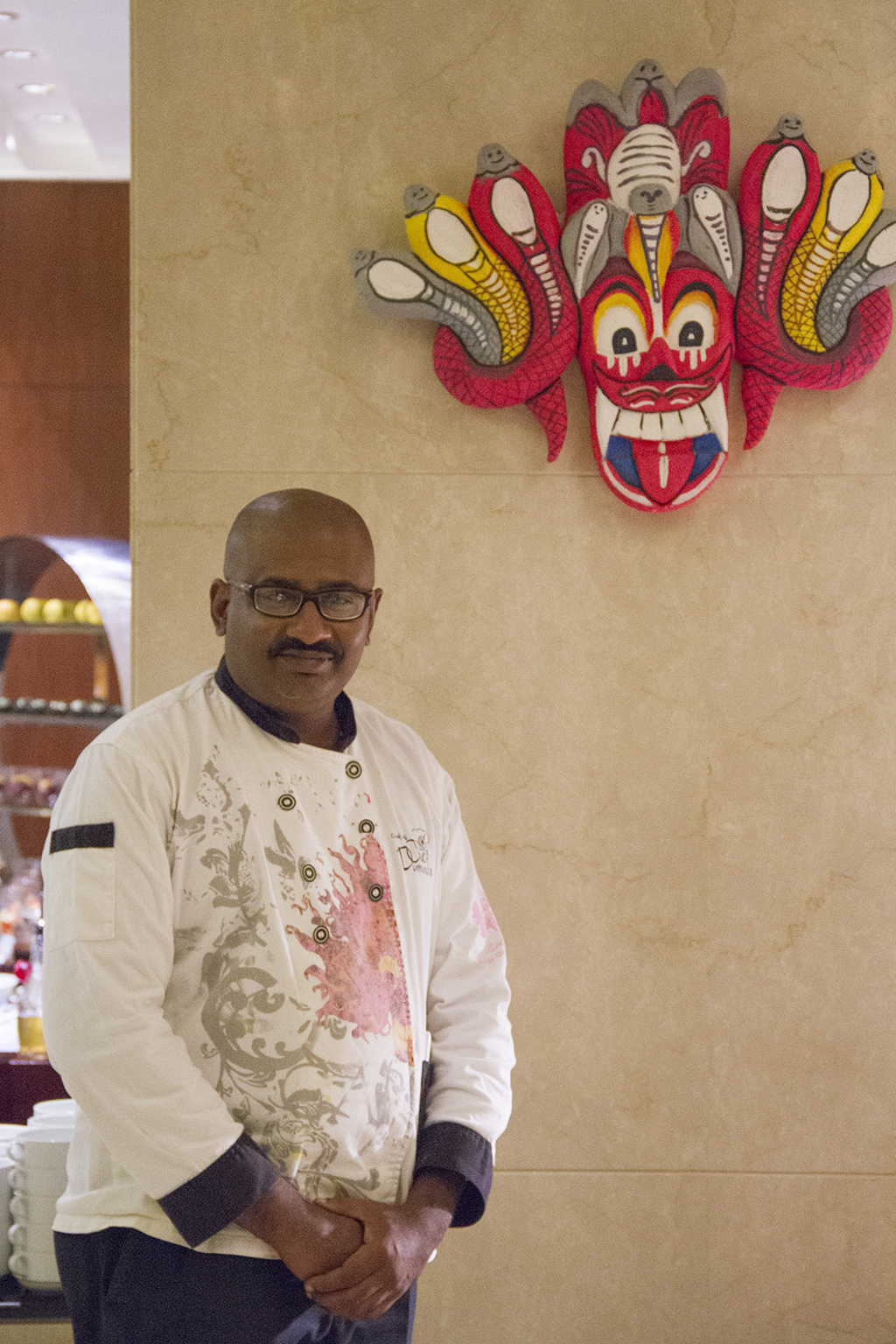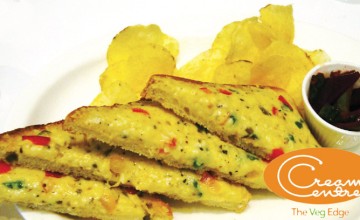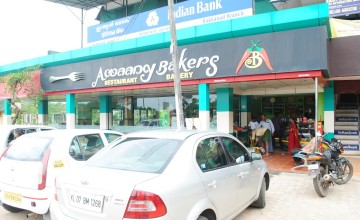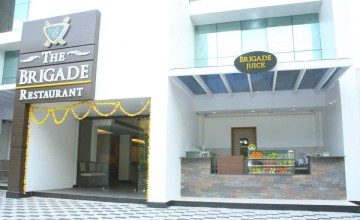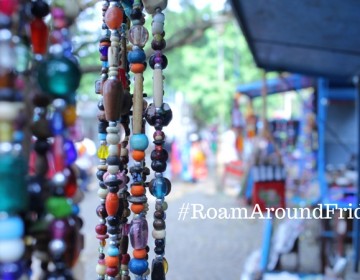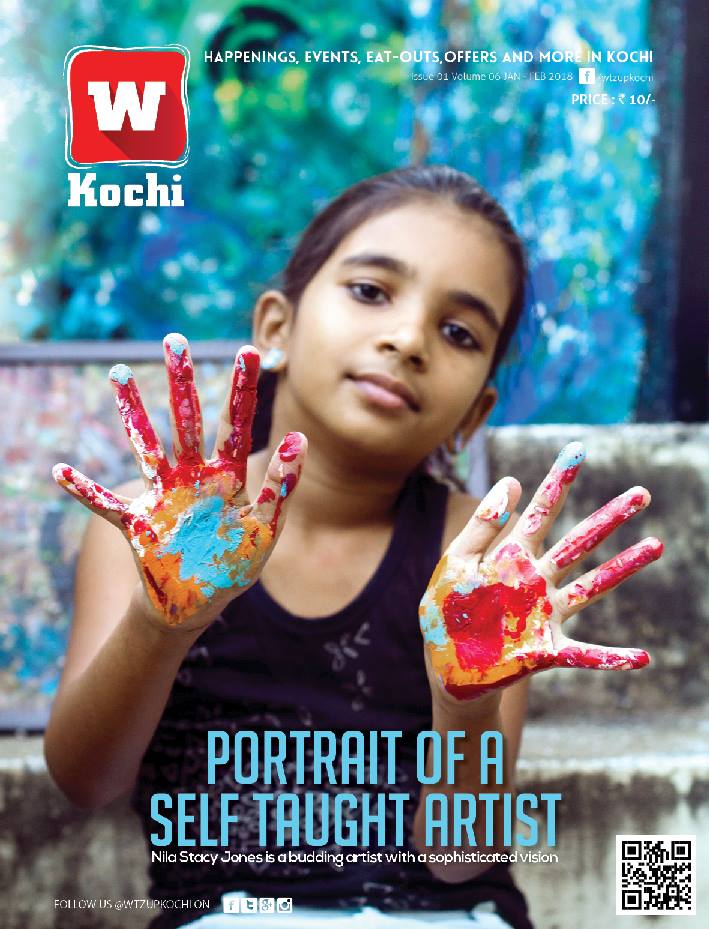A Sri Lankan Affair
- 22 Sep 2014
- FWD Admin
- Eatout
Cooking is an orchestration of bringing in the notes of flavor together in perfect harmony. The food at Le Meridien is testimony to that fact. We started of with the traditional chicken salad. We thoroughly enjoyed the slow cooked mutton curry with Kaha bath (flavored rice). The mutton was tender and warmed your taste buds slowly with earthy flavors. It was easily the star of the show. The fried vegetable cutlets were something we kept going back to while we sipped on a ginger and curry leaf Mojito. The row of claypots simmered with traditional tastes of the Island country. From an array of desserts, what stood out was the coconut creme brulee. Chef Duminda had put out a spread at Latest Recipe that tasted like home in your mouth but with a twist.
He remembers his grandmother in the kitchen finishing up for the day and leaving the fish in a clay pot to cook overnight on a slow wood fire. Chef Duminda is not your run of the mill chef. Sitting at the Latest Recipe restaurant in Le Meridien, we talked about Sri Lankan cuisine, the art of cooking and the power of food to bring people together. Also an avid food historian, he claims that he stumbled upon his profession by chance. His love for food is evident in the way he explains with gestures and emotion.
Wtzup (W) : How would you explain Sri Lanka cuisine?
Chef Duminda (D) : It is seventy five percent Indian and twenty five percent Portuguese and Dutch. The food is very light and the ratio of spices in our curry powders are different. The classic Sinhalese food follows the traditional ways of cooking which is smoking, braising and simmering.
W: What are some of the ingredients you use?
D: We use a lot of coconut and spices. Ragi has been a main component in our food and there are historical references dating back to 5000 years. A favorite breakfast dish is steamed Ragi with coconut, turmeric and lime. That dish defines a lot of traditional flavors and methods.
W: Tell us about slow cooking.
D: I am extremely passionate about this subject. I am part of the Slow Food Organization and we want to bring awareness of this traditional method. What is essentially cooking? It is the act of bringing out the water percentage in the food. The slower this is do
